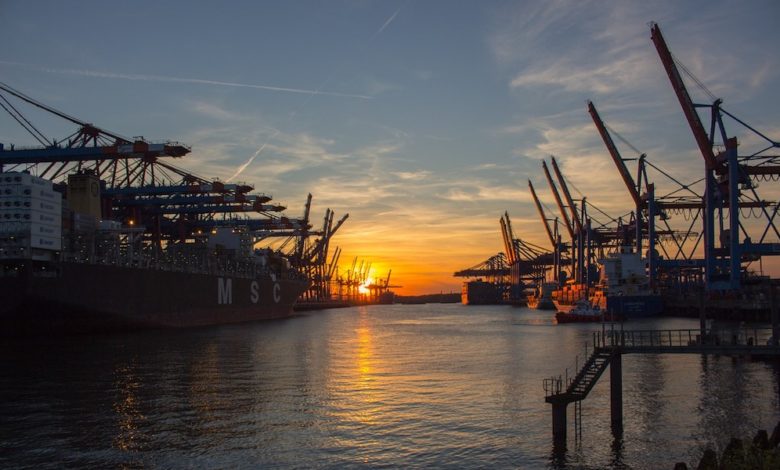Box shipping welcomes a new vessel class

A new standard boxship type has emerged from nowhere in 2021. Alphaliner, in its latest weekly report, details the sudden growth of the compact 7,000 teu ship. After years of barely any orders of mid-sized container tonnage, 2021 has seen orders flood in, coalescing around the 7,000 teu size, a new workhorse design for the industry.
Alphaliner tallies 58 orders for 7,000 teu class ships so far this year, tonnage that will deliver from early 2023 through to early 2025.
“It is rare for the container liner market to witness the formation of an entirely new vessel class, but every once in a while newbuilt series of ships with comparable parameters gather sufficient momentum to develop into a new ‘standard’ type,” Alphaliner observed.
The new compact 7,000 teu class, while bearing no resemblance to the classic 5,000 teu panamax, could nevertheless be called the panamax type’s “spiritual successor”, Alphaliner suggested, serving both on lower-capacity deepsea mainlines, and on high-capacity regional and feeder services.
Further to this, the type could succeed many a first-generation vessel of the post-panamax 6,500 teu class.
“Essentially every trade route for which a panamax is ‘workable’ today could be serviced equally well – or even better – with a compact 7,000 teu ship. That is provided the route can use the 40% bump in nominal capacity,” Alphaliner posited, adding that its efficient use of space and excellent stability intake are strong selling points, especially as bunker consumption and carbon emissions are coming under ever greater scrutiny.
Using the classic 5,000 teu maxi-panamax as the baseline vessel, the new 7,000 teu ship type has a footprint that is only 20% larger while being at least 20 m shorter, according to Alphaliner data. Nevertheless, the new type can carry 40% more containers on a nominal basis and even 53% more on the basis of containers that weigh 14 tons per teu.

Finally.
How long will it be until somebody states the obvious? The big mega-boxship concept is a bust for the greater world of supply-chain and logistics. It “may” have been, in some measure, a win for specific vessel owners. But success cannot be measured with your big ship sitting at anchor off LA/LB for weeks at at time, then languishing in port for several days while unloading and then back loading all those empties.
I suppose to some it is a matter of economies of scale and there will undoubtably be those who still believe the ginormous ship is the right choice on the right trade lane. But given the disastrous shift in global economics, the COVID related issues that have impacted our industry as a whole, and the struggles of ports all over the world to manage the overwhelming amount of cargo that saturates a terminal, ANY terminal, I cannot see how the mega-ship is viewed as a winning calculus for the greater shipping industry.
The return of modest size ships that can transit most any port without a huge investment by terminals to dredge for deeper water, build higher cranes with further reach outboard, and desperately look for more land (where there usually isn’t any) to manage the onslaught of boxes virtually overnight … is a sign of sanity returning to the shipping industry.
At least we can hope so.